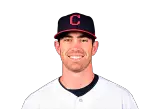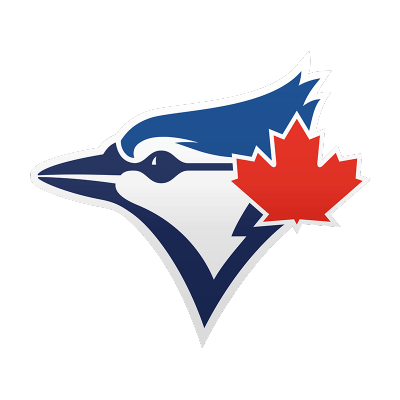 Shane Bieber: Coming back from forearm fatigue
Shane Bieber: Coming back from forearm fatigue
Shane Bieber

Player News
 Shane Bieber: Coming back from forearm fatigue
Shane Bieber: Coming back from forearm fatigueBieber dealt with right forearm fatigue toward the end of this season, Mitch Bannon of The Athletic reports.
 Shane Bieber Dealt With Forearm Fatigue Late In 2025 Season
Shane Bieber Dealt With Forearm Fatigue Late In 2025 SeasonOne of the winter’s earliest surprises was Shane Bieber’s decision to pick up a $16MM player option for the 2026 season rather than take a $4MM buyout and return to free agency. That choice was viewed as a head-scratcher around the league at the time, as the former Cy Young winner’s track record and the…
 Shane Bieber Dealt With Forearm Fatigue Late In 2025 Season
Shane Bieber Dealt With Forearm Fatigue Late In 2025 SeasonOne of the winter’s earliest surprises was Shane Bieber’s decision to pick up a $16MM player option for the 2026 season rather than take a $4MM buyout and return to free agency. That choice was viewed as a head-scratcher around the league at the time, as the former Cy Young winner’s track record and the…
 Shane Bieber dealt with forearm fatigue at the end of the season, a person briefed on the matter told The Athletic.
Shane Bieber dealt with forearm fatigue at the end of the season, a person briefed on the matter told The Athletic.If Bieber didn't think he would pass a physical, that could definitely explain why he surprisingly exercised a $16 million player option to stay with the Blue Jays. Hopefully, it's not that bad, though. We probably won't have much better of an idea until he starts tuning up for the Grapefruit League.
 Blue Jays general manager Ross Atkins said at the Winter Meetings that they'll monitor Shane Bieber's workload during spring training.
Blue Jays general manager Ross Atkins said at the Winter Meetings that they'll monitor Shane Bieber's workload during spring training.Bieber, who exercised his $16 million player option last month to return to Toronto for 2026, made just a handful of starts this past season in his return from Tommy John surgery. The 30-year-old looked sharp in seven regular-season starts and was outstanding in the postseason, but the Blue Jays clearly don't want him ramping up too quickly in camp. He'll be a clear top-50 range starting pitcher for fantasy purposes despite some lingering workload concerns.